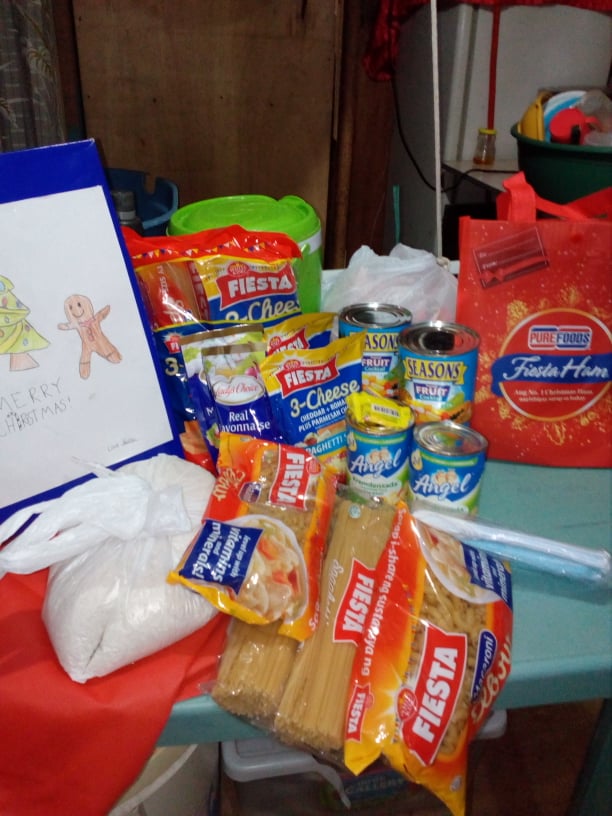News
Weak Milk: How Beriberi Helped Found Gota de Leche (Part I)

Once upon a post-war Philippines at the turn of the 20th century, the nation became afflicted with a mysterious malady. The people experienced a debilitating weakness, and young children were affected most. Infants would have difficulty breathing. They would cry hard, in severe cases without making a sound, and eventually succumb to an early death.
Local and foreign doctors were puzzled as to the origin of this disease. The superstitious even came up with an Evil Spirits Theory. Death plagued the land; it got so bad that prior to 1902-1912, 40% of babies born in the city of Manila died of beriberi in the first six months of life. 90% of the deaths occurred between 1-3 months. Of 25,000 annual deaths from beriberi, 75-85% were deaths of infants. The Philippines held the record for the highest rate of infant mortality during that time.
Eventually the doctors discovered that the problem was not broncho-pneumonia in children as previously surmised, but rather a vitamin deficiency (Vedder, 1913). It was essentially a deficiency in thiamin (Vitamin B1), which is responsible for carbohydrate metabolism; if deficient, body reserves become rapidly depleted. This disease was named beriberi, from the Sinhalese word beri, meaning “weak”; repeating the term pertains to the severity of weakness the afflicted had to endure. One of the three forms of beriberi is infantile beriberi, characterized by dyspnea and tachycardia, or vomiting, diarrhea and edema in chronic cases. Infantile beriberi occurs almost exclusively in the first year of life.
It turns out that these outbreaks occurred in relation to the consumption of imported, polished rice. In 1989, ladies from the U.S. set out to discontinue the consumption of “horrible brown rice” in order to improve local health standards. This became a death sentence from beriberi for many Filipinos.
In 1910, a comprehensive clinical account of 176 cases of infantile beriberi was published by Guerrero and Quintos. In 1912, a paper on cure of infantile beriberi using extract of rice polishing by Chamberlain and Vedder (extract was called tiqui-tiqui); and in 1913, Vedder wrote a correct etiology of beriberi and was the first to state that it was a nutrient deficiency. Rice enrichment reduced mortality rate from beriberi; from 132 deaths per 100,000 in 1947 to 14 per 100,000 by 1960.
Civic society was also active in aiding the medical efforts of American and Filipino doctors researching and curing beriberi by providing milk to infants. This was one of the main reasons behind the foundation of Gota de Leche. The women of Gota de Leche were actually among the first to respond to this malady. At the very onset, it was a call to answer a basic necessity in human development, a call that we have continued to heed more than a century hence.
(To be continued)



